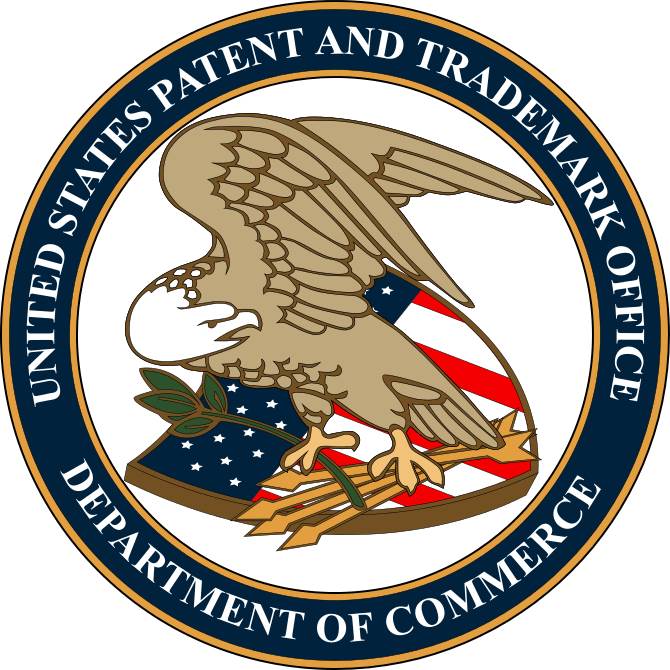
Continued Prosecution Applications Eliminated by USPTO
© 2003, Dawsey Co., LPA
August 2003
“Continued prosecution application” (CPA) practice for utility and plant patent applications has been eliminated as of July 14, 2003. The United States Patent and Trademark Office (USPTO) found that CPA practice is largely redundant to “request for continued examination” (RCE) practice, and should therefore be eliminated for utility and plant patent applications.
The practice of using CPA’s was relatively short lived in that it was introduced in December of 1997 and eliminated in July of 2003. It was introduced in 1997 under 37 C.F.R. § 1.53(d) as an alternative to continuation applications. The American Inventors Protection Act of 1999 (AIPA) then added 35 U.S.C. § 132(b) requiring the USPTO to “provide for the continued examination of applications for patent at the request of the applicant.” This gave birth to RCE practice. One important sidenote is that the practice of using CPA’s in design patent application prosecution survives since RCE practice does not apply to design patent applications.
Generally, the purpose of both the CPA and RCE application is to allow an applicant to file an application to keep the prosecution of a parent application alive after it has received a final rejection from the USPTO. These applications stay with the same Examiner that was reviewing the parent application and keep the same serial number, yet the final rejection of the parent application is removed. CPA’s and RCE’s can be thought of as simply paying an additional fee to buy another full examination of an application.
Upon the introduction of the AIPA, CPA practice was retained as a temporary transitional practice available only to applications filed prior to May 29, 2000. Therefore, total elimination of CPA practice for utility and plant patent applications has been expected for some time and should not surprise patent lawyers.
Continuation practice, whether it be through the use of CPA’s (now only applicable to design patent applications), RCE’s, continuation applications, divisional applications, or continuation-in-part applications, is all about strategy. In developing a strategy for a family of related inventions, one must consider the advantages and disadvantages of obtaining the earlier effective filing date of a parent application. (For a more detailed analysis of continuation practice see the September 2002 newsletter article, “Continuing Patent Applications – What Are They & When Are They Appropriate,” available at www.Invention-Protection.com)
Just a few of the many issues to consider include: (a) filing a continuing application, rather than an original application, has the potential to reduce the life of a subsequently issued patent; (b) continuation applications may be used to ensure the disclosure of an original application is always pending, and therefore may serve as an excellent tool to guard against competitors designing around an issued patent; and (c) continuation applications may permit an applicant to place a parent application in a condition for timely allowance while reserving the right to address the Examiner’s objections in the subsequent application.
In summary, the complete phase-out of “continued prosecution applications” has long been expected and should have very little impact on the patent procedures of most applicants.
